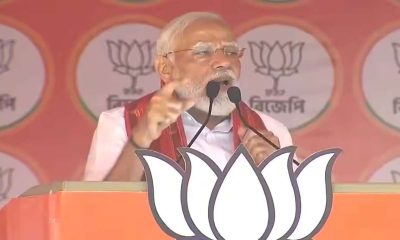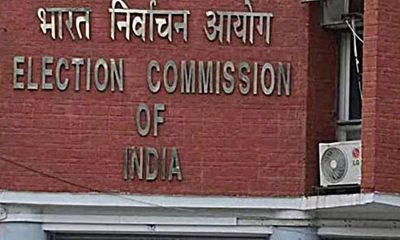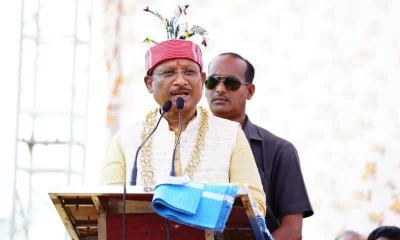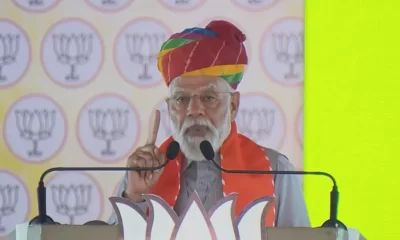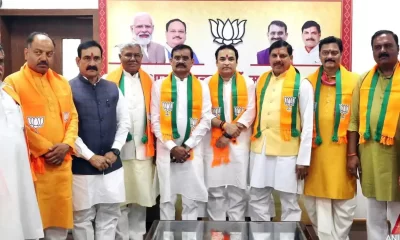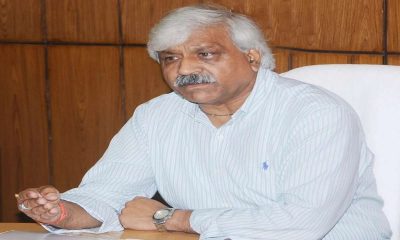2024 Lok Sabha Elections
Madhya Pradesh, Chhattisgarh transfer officials en masse ahead of Lok Sabha elections
Apart from the transfer postings industry, the services are now more and more politically inclined and are useful in the days ahead

By Neeraj Mishra
Dates for the 2024 Lok Sabha elections will be announced tomorrow and the Model Code of Conduct will come into force. In anticipation of the code’s freeze on transfers, the newly elected governments of Madhya Pradesh and Chhattisgarh have been reshuffling officers over the past two weeks. The Chhattisgarh government has effected more than 350 transfers of IAS, IPS, IFS and other top officers over two weeks while the Madhya Pradesh government has been slightly ahead with more than 500 transfers, 47 of them today.
This begs the question why do governments go in for such large scale transfers? An obvious reason is that they have just come to power in December 2023 and a number of changes are almost necessary with a new regime. The other reason is less obvious but more powerful. Transfer-posting is an industry in these states. Ever since the time of Arjun Singh, who discovered and established this industry in the 1980s, the transfer of government officials at all levels, from school teacher and constable to IAS, has been a money spinner.
When Singh was CM, there were very few industries in the undivided Madhya Pradesh. There were even fewer public works contracts to be doled out to supporters. Government jobs were too few to accommodate a very large supporter base in each district.
Singh made making instant money from transfer of government servants an easy source of revenue generation for party cadre. Government servants were the only ones with regular income besides some big businesses who could pay to avoid being uprooted. So a constable would pay to remain in a certain thana or district and a teacher would do the same to remain in her home. They could approach the local Congress office-bearers to either get themselves transferred to a good posting or remain home.
The same applied to higher officials, who became a secret source of donations. Subsequent governments have only refined these methods and discovered juicy districts and departments like Excise, Transport, Mining and PWD ever since.
How are transfers and elections connected?
State governments scramble to post officials of their choice in relevant places and districts where they think they may be of help. With the services now getting more and more politically inclined, it is a safe bet to assume what these officials are supposed to deliver. “In the poorer districts government officials from patwari and tehsildar to foresters hold great sway over public opinion. Sometimes they also provide funding for the candidates,” says Vinay Tripathi, a Congressman but speaking as a representative of the political class.
Though the Election Commission of India gets hold over all administrative transfers and postings for the duration of elections, it transfers a minuscule number of officers only on complaints. State governments meanwhile have already got ample time to prepare themselves which may be unfair to the opposition but that’s how it is.
2024 Lok Sabha Elections
Election Commission books BJP MP Tejasvi Surya for seeking votes in the name of religion
Tejasvi Surya was booked by the Karnataka chief electoral officer for seeking votes in the name of religion in a video posted on X.

Bengaluru South sitting MP and BJP’s candidate from the same seat Tejasvi Surya was reported to the chief election officer of Karnataka for uploading a video on X in which he asked for votes based on religion.
Karnataka Chief Election Officer tweeted on Friday during polling in the crucial seat where Tejasvi Surya MP is running against Congress’s Sowmya Reddy. He tweeted, case is booked against Tejasvi Surya MP and Candidate of Bengaluru South PC on 25.04.24 at Jayanagar PS u/s 123(3) for posting a video in ‘X’ handle and soliciting votes on the ground of religion.
Tejasvi urged people to cast votes and utilize their right to do so on multiple occasions. He released the last video at 2:00 PM, mentioning Ram Mandir in addition to border security and Article 370 in his plea to make the most of the final four hours of voting.
Earlier, Tejasvi gave an 80%–20% parallel to implore BJP supporters to turn out in large numbers at the polls. Only 20% of the BJP’s 80% voter base actually turned up to vote. C ongress’ voters are 20 % but they come out and vote 80%. He added, in most circumstances, this is the actual situation at the polls. Telling the impportance of vote he said that every votes counts. He also urged to vote and added if you don’t, then 20% of Congress will undoubtedly be doing so.
Meanwhile, Karnataka recorded 50.93% voter turnout till 3pm, with Bengaluru South recording 40.77%. Up till 3 pm, Udupi Chikmagalur had the highest turnout (57.49%), Hassan had the next highest percentage at 55.92%, Dakshina Kannada at 58.76%, Chitradurga at 52.14%, Tumkur at 56.62%, Mandya at 57.44%, Mysore at 53.55%, Chamarajanagar at 54.82%, Bangalore Rural at 49.62%, Bangalore North at 41.12%, Bangalore Central at 40.10%, Bangalore South at 40.775, Chikkballapur 55.90%, and Kolar 54.66%.
2024 Lok Sabha Elections
Lok Sabha election 2024: Nearly 50% voter turnout recorded in second phase till 3 pm
The constituencies going to polls today include all 20 Lok Sabha seats in Kerala, 14 in Karnataka, 13 in Rajasthan, and others spread across different states.
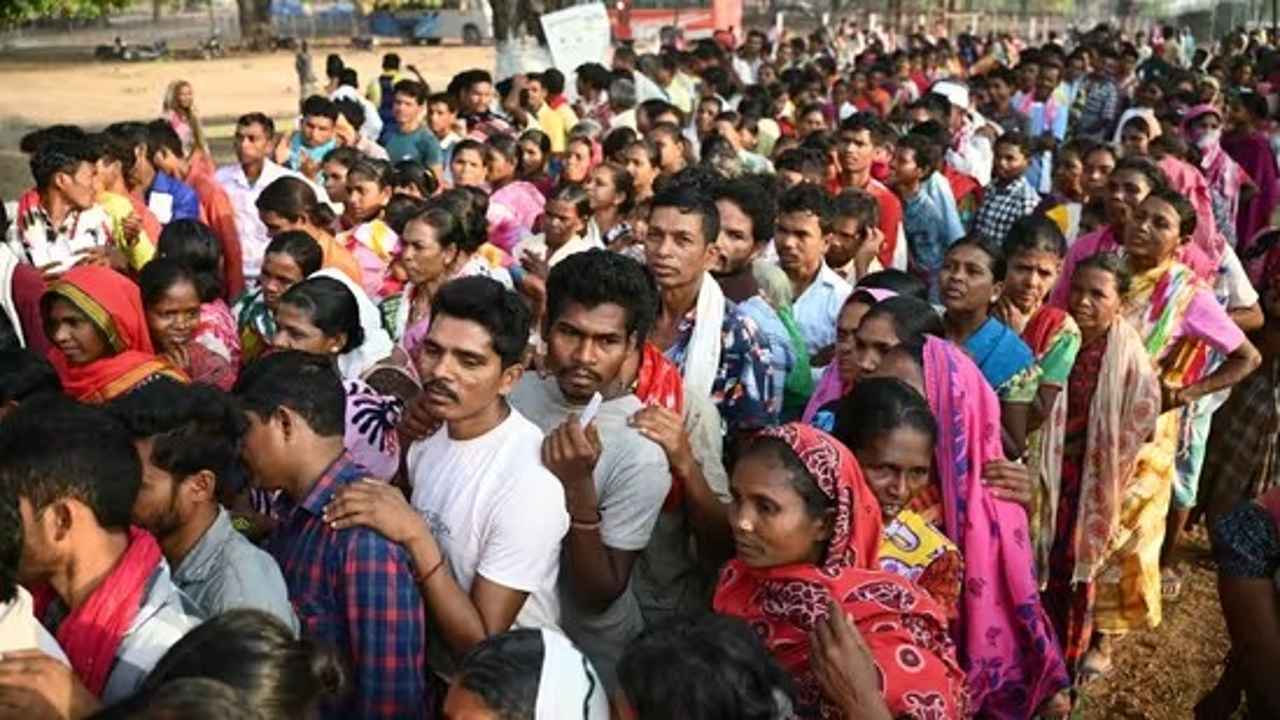
In the second phase of Lok Sabha elections 2024, over 50% of voters were registered in 13 states and the UTs till 3 p.m. 65% of voters participated in the first round of the Lok Sabha elections.
The 18th Lok Sabha elections are currently in their second phase, with voting for 88 seats taking place across 13 states and union territories. There are more than 1,200 people running for office, four of them are from outside Manipur.
Union minister Rajeev Chandrasekhar, BJP members Tejasvi Surya, Hema Malini, and Arun Govil, Rahul Gandhi and Congress leader Shashi Tharoor, DK Suresh, the brother of Karnataka Deputy Chief Minister DK Shivakumar, and former chief minister HD Kumaraswamy are among the notable contenders for the second phase.
In 2019, the NDA had won 56 of the 89 seats and the UPA 24. Six of these seats have been redrawn as part of the delimitation exercise.
The first phase of the seven stages of the elections took place on Friday, including 102 seats spread across 21 states and Union territories. Voter turnout was about 65.5% in the first phase, according to the reports.
In biggest festival of democracy, people from all walks of sector took part in it. A video went viral where former India captain and current Indian team head coach Rahul Dravid and former India player and head coach Anil Kumble were seen standing in line to cast their vote.
Meanwhile, voting started at 7 a.m. and will end at 6 p.m. The Election Commission has extended voting hours for those who are in line by an hour. According to Election Commission figures, the first two hours saw a 9.3% voter turnout throughout the 88 constituencies. By 9 am, Kerala had recorded 8.52%, Karnataka 9.21%, and Madhya Pradesh 13.82%.
In this phase, there were about 15.88 crore eligible voters, comprising 5.929 third-gender electors, 8.08 crore males, and 7.8 crore women. 3.28 crore young voters, aged 20 to 29, are among them; 34.8 lakh of them are first-time voters.
2024 Lok Sabha Elections
Lok Sabha elections 2024: 102-year-old man walks to polling booth to cast his vote in Jammu
The lowest voter turnout so far was noted in Ramgarh at 1.53%.
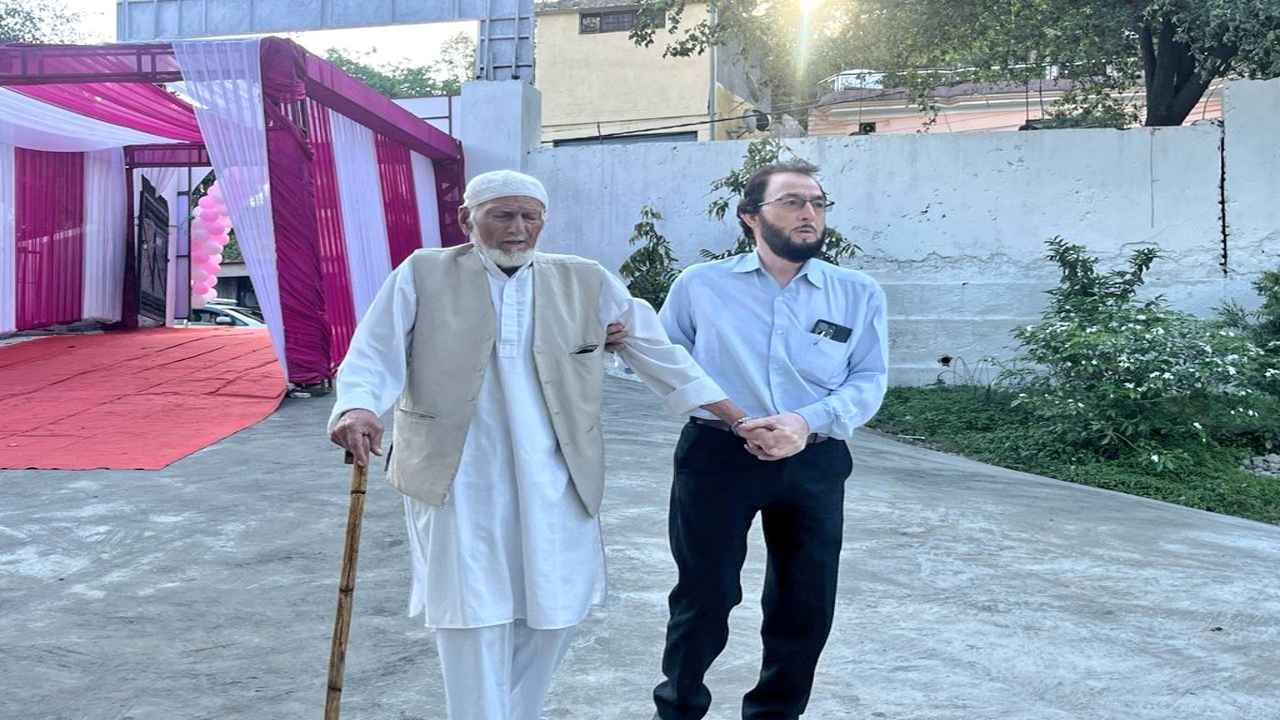
A 102-year-old man showed up at a Jammu polling place to cast his vote in the second phase of the Lok Sabha elections on Friday. Haji Karam Din arrived at the Reasi district polling place in the Jammu constituency with a walking stick in hand and a family member who assisted him with the pre-voting process.
Haji Karam Din, who is 102-year-old, showed his inked finger and posed for pictures outside the polling booth after casting his vote. He said voting at this polling place at this age makes him very happy. He has always cast his vote. Even at the age of 102, this experience is still ongoing, he said.
Reasi district is a part of the Jammu parliamentary constituency, and 22 candidates are up for vote with around 17.81 lakh eligible voters.
BJP’s sitting member Jugal Kishore Sharma is aiming for a third term in office following wins in the elections of 2014 and 2019. Former minister and Congress candidate Raman Bhalla is his main opponent.
Voting in the Jammu-Reasi Lok Sabha constituency began with eager voters showing up at the polling places. Some of them were wearing traditional Dogra attire.
In 2,416 polling places around the constituency, voting got underway at 7 a.m., and 10.39% of the total votes were cast by 9 a.m. In the 2019 Lok Sabha elections, Jammu recorded a 74% voter turnout.
Following the repeal of Article 370 and the division of the former state into two Union Territories five years ago, this is Jammu’s first significant election.
The Akhnoor segment received the highest percentage of votes, 14.24%, followed by Reasi (14.13%), Gulabgarh (13.53%), Shri Mata Vaishnodevi (12.71%), Marh (12.31%), Samba (8.56%), R S Pura Jammu South (8.17%), and Suchetgarh (5.67%), according to the officials. Ramgarh recorded the lowest voter participation of 1.53% so far.
Low attendance was observed in the border areas of the districts of Jammu and Samba till nine in the morning, according to poll data.
The officials said that big lines of voters were observed at several polling places throughout Jammu city. Voters were observed heading towards polling places early in the morning.
-
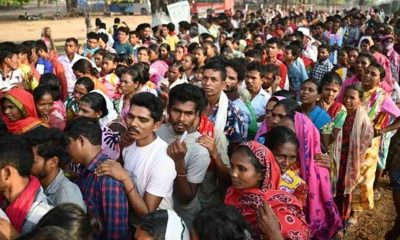
 2024 Lok Sabha Elections19 hours ago
2024 Lok Sabha Elections19 hours agoLok Sabha election 2024: Nearly 50% voter turnout recorded in second phase till 3 pm
-
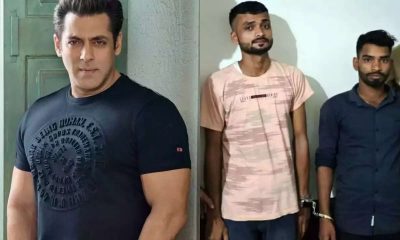
 India News24 hours ago
India News24 hours agoSalman Khan house firing case: NIA interrogates arrested shooters Sagar Pal, Vicky Gupta for three hours
-
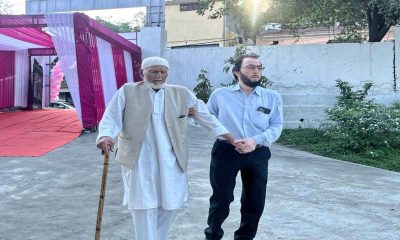
 2024 Lok Sabha Elections22 hours ago
2024 Lok Sabha Elections22 hours agoLok Sabha elections 2024: 102-year-old man walks to polling booth to cast his vote in Jammu
-
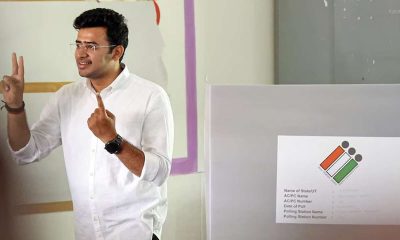
 2024 Lok Sabha Elections18 hours ago
2024 Lok Sabha Elections18 hours agoElection Commission books BJP MP Tejasvi Surya for seeking votes in the name of religion
-

 Cricket news31 mins ago
Cricket news31 mins agoIPL 2024: Punjab Kings beat Kolkata Knight Riders by 8 wickets to chase down highest T20 total

